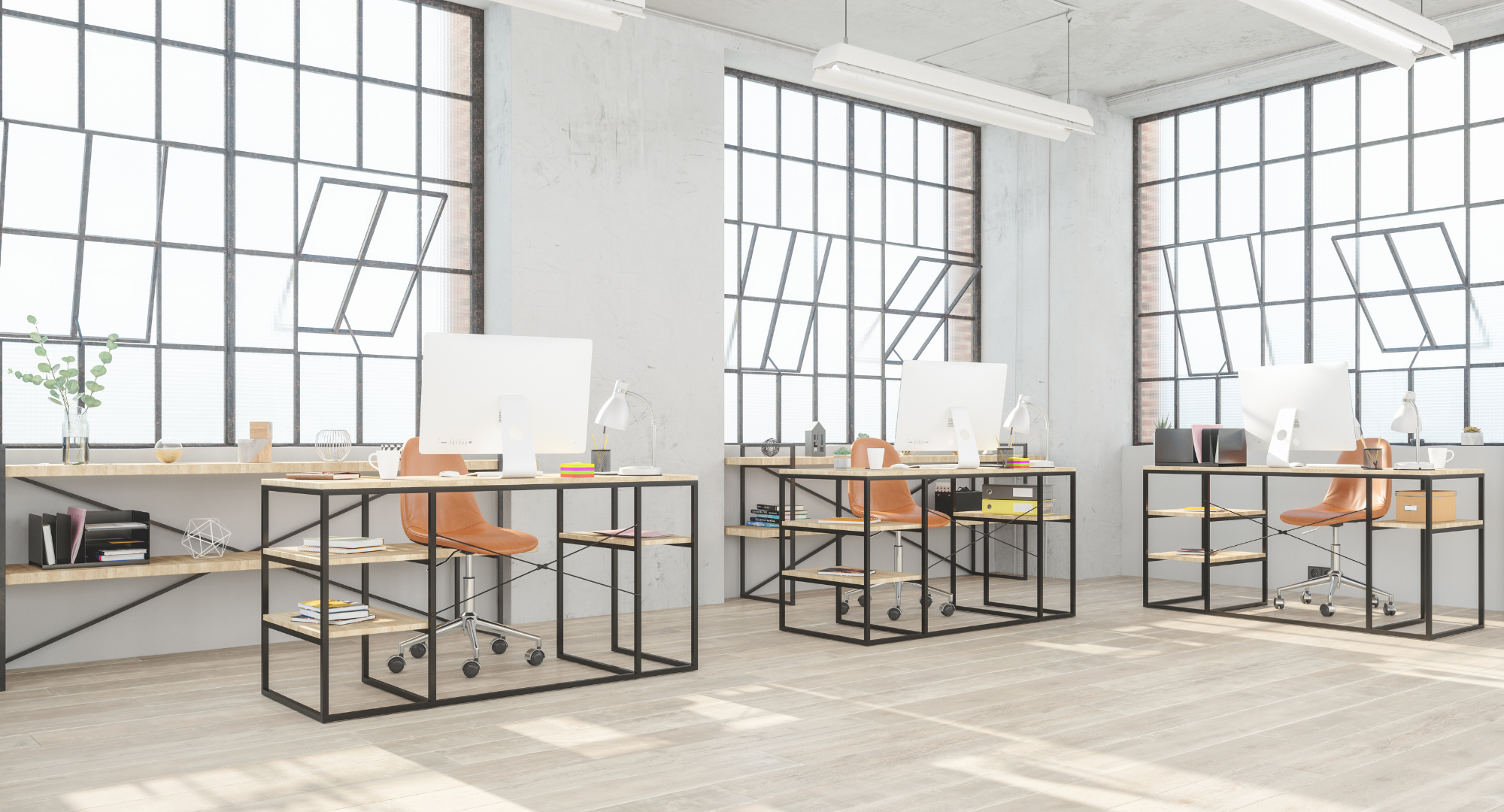Jason is an intrapreneur at a local car dealership in San Diego. He deals with brokers on the phone instead of customers in person most of the time, so his work is quite solitary in nature. He and I share this secluded style of work, where we interact with coworkers frequently but the majority of our most productive work is completed by ourselves.
Recently, Jason’s car dealership completed a remodel, and with the floor plan revamp, Jason’s formerly separate work space has been converted to an open-space office model. He reports feeling less productive than ever, which is much to the dismay of the dealership owners who were certain that the Google-style office would be a great fit for their employees.
What companies have adopted the open-space office trend?
According to the International Facility Management Association, about 70 percent of U.S. offices have no or low dividers between work spaces. Silicon Valley leads the way to bring down partitions – Google, Yahoo, eBay, American Express, and Goldman Sachs are all enthusiasts. Facebook CEO Mark Zuckerberg commissioned the famed architect Frank Gehry to construct the largest open-office floor plan in the world to house the company’s nearly 3,000 engineers.
Michael Bloomberg was an early adopter, and like other supporters, he commends the open-space trend for promoting transparency and fairness He famously took the model to city hall when he became mayor of New York, making “the Bullpen” a symbol of accessibility to and open communication with the chief of the city
Are Open Offices More Productive?
These new floor plans maximize cost efficiency with more employees per square foot. Managers get a sense of improved access to employee distractions, including social media surfing and personal cell phone use that absorb billing hours. Supervisors get the impression that the new work-space design improves camaraderie with supposed built-in cohesion of work groups via proximity.
Unfortunately, leaders with open-office floor plans are getting a false sense of improved productivity. Creating collaboration spaces doesn’t mean people know how to collaborate. In order for this to happen, Executives have to invest in skill development for their teams. Communication, listening, as well as giving and receiving feedback are just some of the skills required for teams to enhance collaboration performance.
A 2013 study on workspace satisfaction found that:
- 50% of employees reported that lack of sound privacy is a deterrent to productivity
- 30% complained that lack of visual privacy is not preferred
On the flip side, the research found that:
- 10% of closed-style office floor plans complained of constricted communication- one of the main benefits cited with the new trend.
In a previous study, researchers suggest that “the loss of productivity due to noise distraction was doubled (!) in open-plan offices compared to private offices.” In addition, the New Yorker reviewed open office workplace design, concluding that the perceived team-building benefits mask the negative work performance effects.
Although employees may get the feeling that they are part of an innovative, productive team, an openly arranged work space ends up damaging workers’ attention spans, productivity, creative thinking, and satisfaction. Instead, people tend to get more done and have a work preference for privacy, which has been shown to boost job satisfaction and performance. Executives need to take into account the various work and play preferences that keep people motivated.
Not everyone re-charges with other people. Not everyone is able to focus in an open-office environment. Rather, breakthrough moments often happen when we are in silence, solitude, and in an imaginative, playful mindset. The value of alone time is important to understand to design an environment where people of all work and play preferences thrive- where employees have some privacy to explore creative solutions.
Tips for Making Your Organization’s Office More Productive
- Align strategy with organizational culture and make sure that your values are being lived out in these new open office spaces. Be intentional about each space and how it is being used
- Create more private areas for work – individuals or small team rooms are effective
- Implement rules around interaction time – especially needed for the extraverts in the office – think Pomodoro Technique for groups, not just individuals
- Limit surround sound office music – consider suggesting office plants as a functional and lush solution













